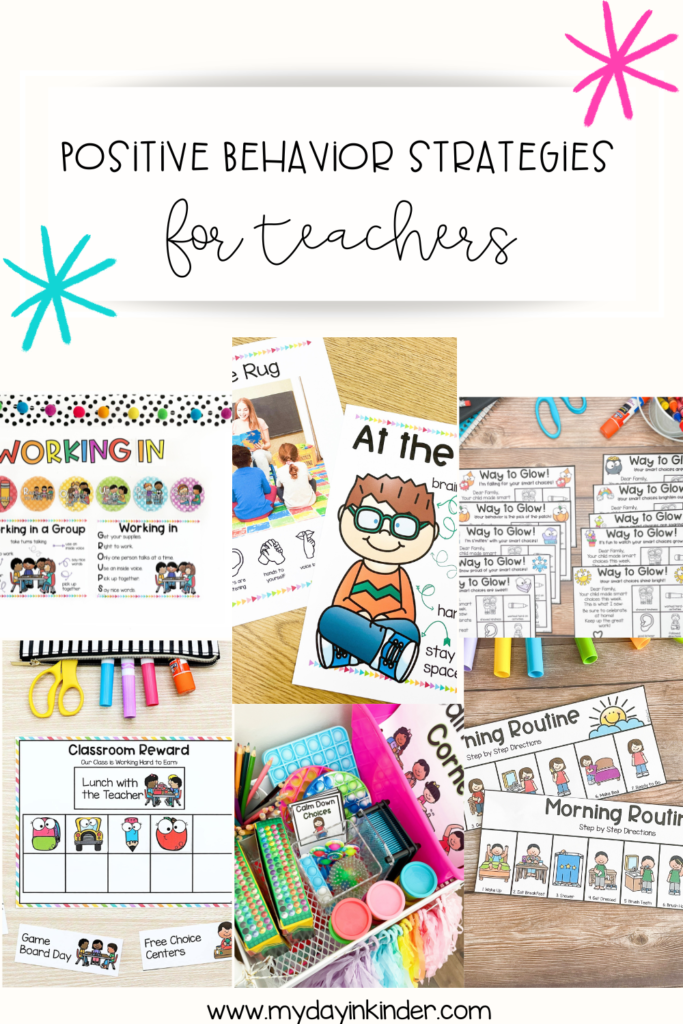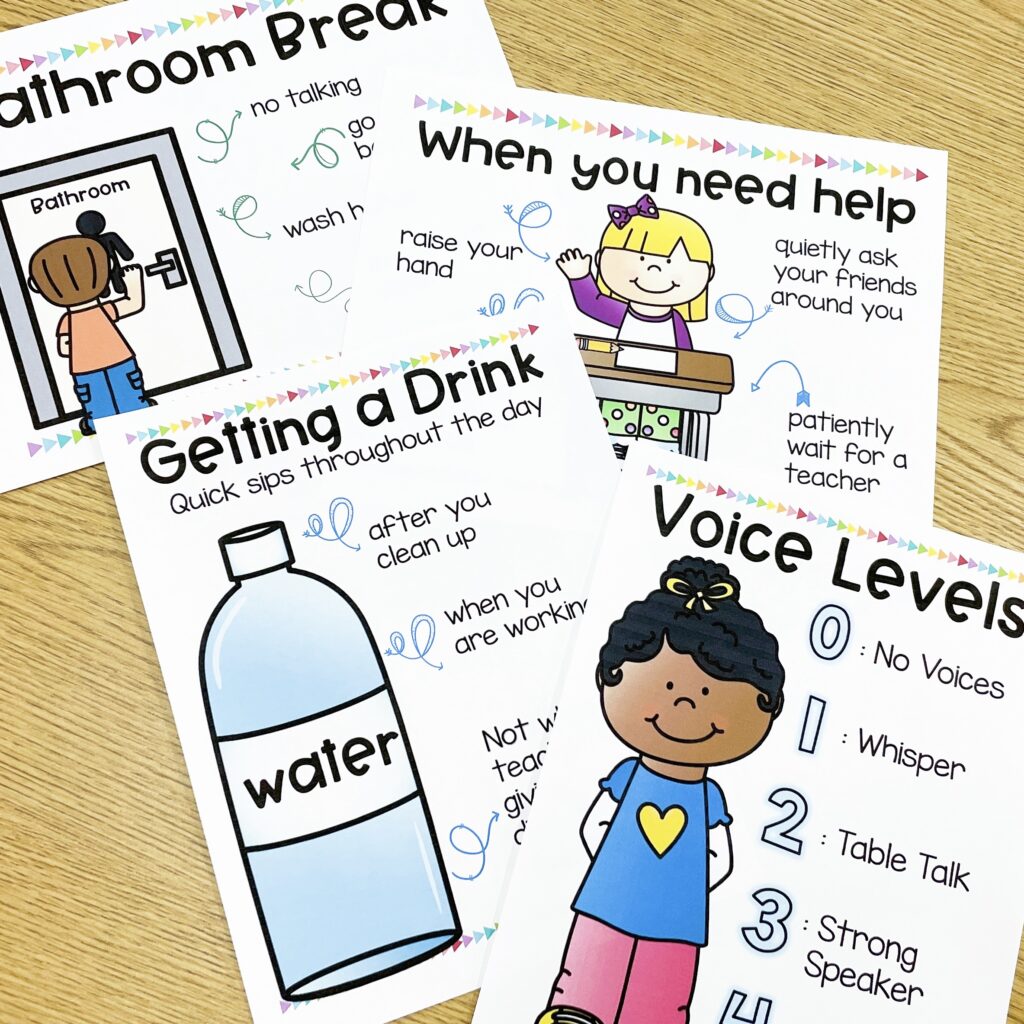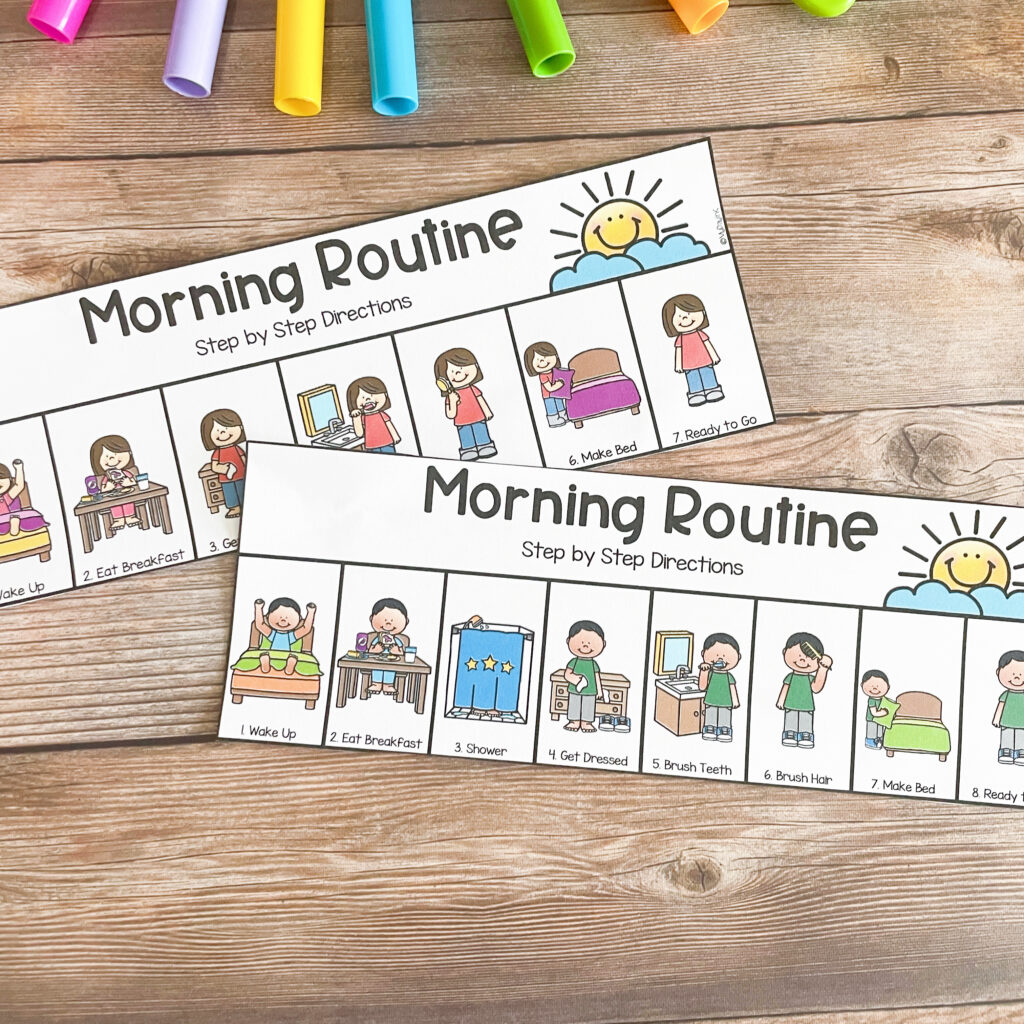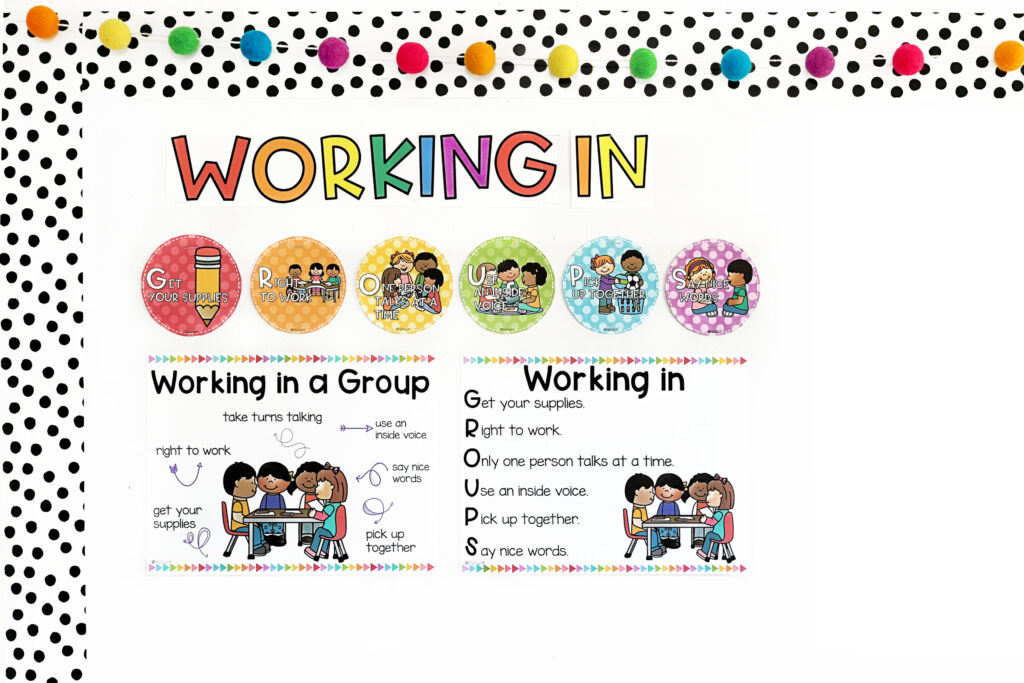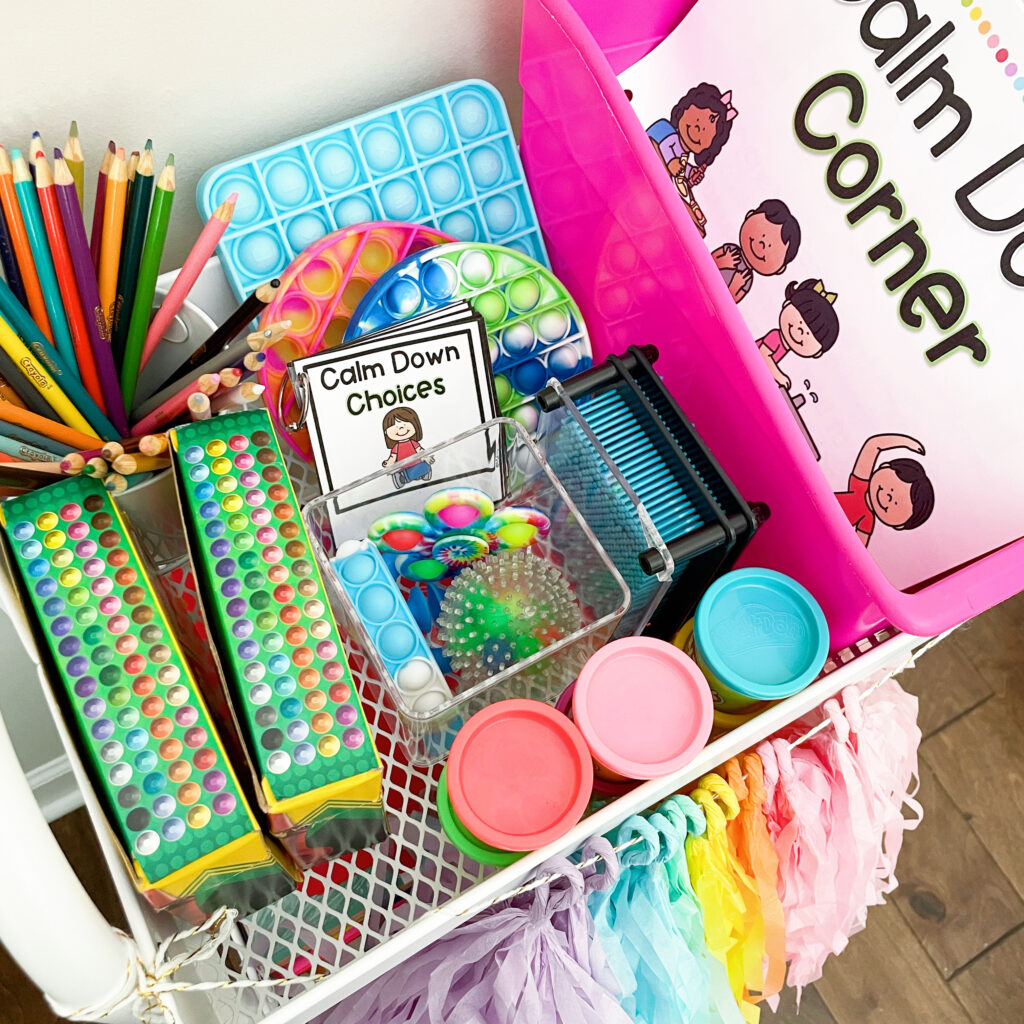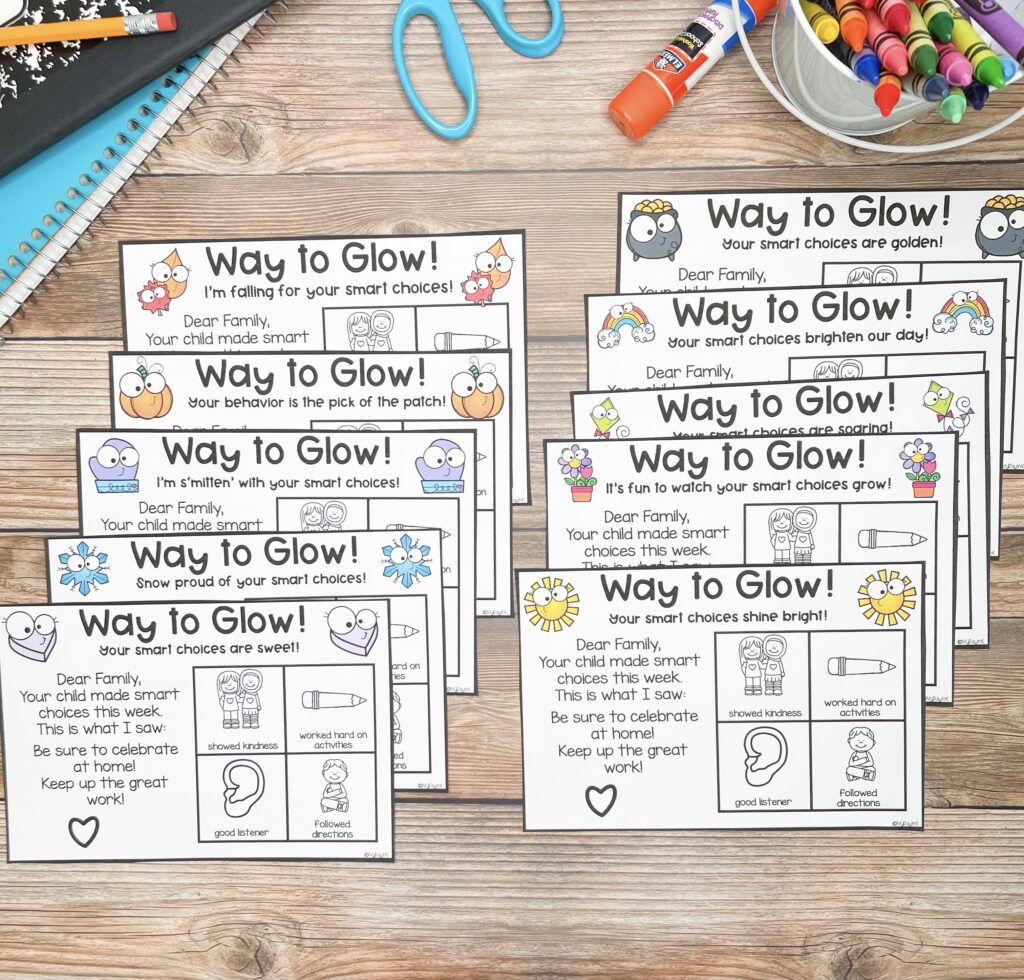Year Is Off to a Rough Start? Hit the Reset Button with Positive Behavior Strategies For Teachers
So, the school year just started, and instead of having the perfectly managed classroom full of smiling, well-behaved students you dreamed of all summer, you’re staring at a room that looks more like a wild circus. This can happen to any teacher. A first-year, an almost retired, or a somewhere in-between teacher. You’re dealing with disruptive behavior during carpet time, problem behaviors popping up faster than you can manage, and you’re wondering how you’ve already reached the point of Googling “effective classroom management techniques” by day three. But before you panic or start planning an early retirement, let’s hit pause and reset. You’ve got this! Every classroom goes through a rough patch, especially at the start of the year. The good news? There are positive behavior strategies for teachers that can help you get things back on track and create a positive learning environment.
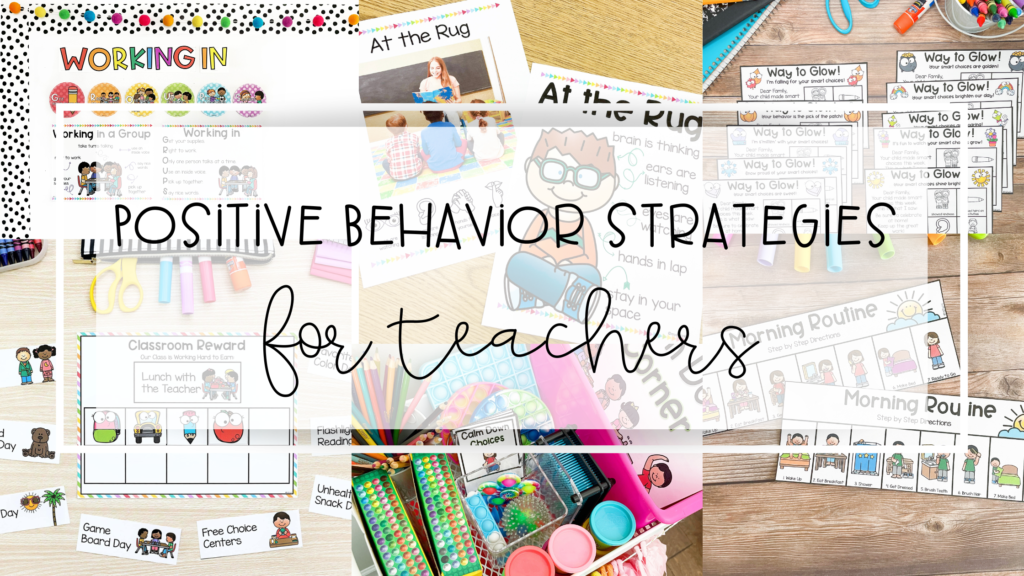
Step 1: Start with Clear Classroom Expectations and Routines—Yes, Again
Kids don’t just magically know what appropriate behaviors are. Even though you probably covered classroom expectations on day one, there’s a good chance they were too excited about their new shoes and the glue sticks to absorb anything. This is where the reset comes in. Year Is off to a rough start? It is time to hit the reset button with positive behavior strategies for teachers.
Gather the class together and spend time reviewing classroom expectations. And I don’t mean just rattling off a list of rules in the front of the class while they zone out. Get interactive. Use visual aids to show what positive classroom behavior support looks like. Show examples of specific behaviors you want to see, like sitting quietly during circle time or raising their hand when they have a question.
Demonstrate those behavior expectations in real-time and, yes, act out what NOT to do. They’ll laugh, but they’ll also get the message. And remember to be crystal clear. Vague expectations like “Be good” don’t cut it. Instead, say things like “Raise your hand when you have something to share” or “Stay in your seat during work time.”
Step 2: Practice, Practice, and Then Practice Again
Even though you’ve explained the rules, it doesn’t mean they’re magically going to stick. Think of it like teaching a new skill—it takes repetition. Good behavior is no different. If you want to see appropriate behaviors consistently, you need to build it into your classroom routine. Practice those expectations like you’d practice math facts or sight words. Walk them through how to line up, how to transition between activities, and even how to ask for help. Do it again and again until it becomes second nature.
Make it fun! Turn it into a game where they get to model the behavior for their classmates or offer a little positive reinforcement when they get it right. For example, “Wow, I love how carefully you walked to your seat without talking. That’s exactly what I’m looking for!”
Step 3: Positive Reinforcement is Your Best Friend
When it comes to positive behavior strategies for teachers, there’s one thing you take away from this: positive reinforcement is your classroom management BFF. Focusing on positive behavior rather than constantly calling out negative behaviors shifts the whole vibe of your room. Instead of constantly saying, “Don’t do that,” flip the script. When you see a student demonstrating good behavior, acknowledge it with specific praise. And specifically, I mean instead of saying, “Good job,” try something like, “I noticed how you followed our classroom rules and cleaned up your space quickly—great work!”
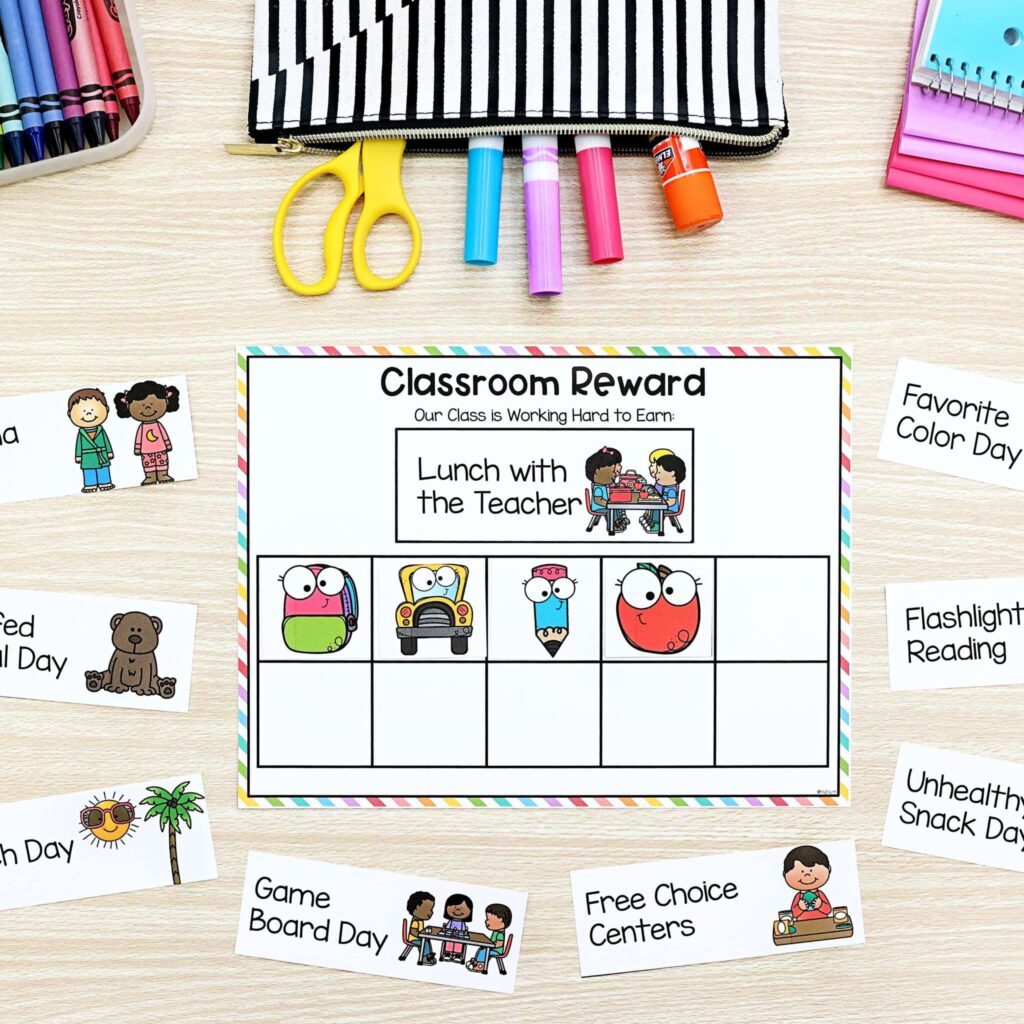
You could also incorporate a behavior chart or reward system. Use stickers, points, or whatever floats your boat to recognize individual student success. When the whole class is struggling, offer rewards for group behavior as well. “If everyone shows positive classroom behavior during transitions, we’ll earn 5 extra minutes of free time at the end of the day.” Boom—positive reinforcement works wonders.
Step 4: Set Routines and Stick to Them
One of the best things you can do for classroom management (and your sanity) is to establish solid routines. Kids thrive when they know what to expect, and having clear routines in place can seriously minimize behavior problems. From the moment the students walk in for their good morning greeting to how they end their day, set routines for everything. How do they line up? How do they get their supplies? What happens when they finish their work early? When these things are second nature, you’ll notice a big decrease in those challenging behaviors that often come from uncertainty.
Even sending home step-by-step direction cards for parents is a great idea. This way students are getting into a routine before they even get to school! It helps foster independence and gives parents a little look into what their little learner is capable of doing at home, too!
If you haven’t already, consider incorporating a morning meeting or circle time where you review expectations, celebrate good behavior from the day before, and set the tone for the day ahead. A structured, predictable start to the school day helps students feel secure and ready to meet the behavior expectations you’ve set.
Step 5: Use Positive Language and Mutual Respect
Kids are perceptive little humans, and the way we talk to them matters. Instead of constantly calling out problem behaviors, focus on what they’re doing well. Use positive language whenever possible. Instead of “Stop interrupting!” try, “I love how you’re waiting your turn to speak—thank you.” It might sound like a small change, but it shifts the energy in the classroom. It shows your students that you notice the good stuff, which encourages more of it. Plus, it models the kind of mutual respect you want them to show each other.
Don’t forget that you are their role model. If you want your students to be respectful, kind, and patient, it starts with you demonstrating those behaviors every day. This is especially important when handling disruptive behavior. Keep calm, use a proactive approach, and remember that they’re still learning.
Step 6: Logical Consequences vs. Punishment
It’s tempting to dole out punishments when you’re at your wits’ end with undesirable behavior—trust me, we’ve all been there. But here’s a secret: logical consequences work WAY better. Let’s say a student refuses to clean up after an activity. Instead of sending them to time-out or losing recess (which doesn’t really teach anything), have them stay behind to finish cleaning up. Or, if a student is interrupting others during class discussion, they could stay behind to practice raising their hand quietly.
This way, you’re teaching them that their actions have behavioral implications without it feeling like a punishment. Logical consequences connect the behavior with the outcome, so they learn from it.
Step 7: Support Individual Students’ Needs
Not every kid is going to respond to the same strategies. Some specific students might need more behavioral support or targeted interventions. For example, a student with behavioral problems might benefit from more one-on-one attention or a personalized behavior plan. This is where you can start incorporating elements of a pbis framework (Positive Behavioral Interventions and Supports) to help individual students succeed.
If there’s a student who is constantly exhibiting challenging behaviors, you may need to dig a little deeper into why it’s happening. Do they struggle with transitions? Are they having trouble at home? Understanding their behavior will help you tailor your positive behavior interventions to their needs. In some cases, you might need to collaborate with your school district or the office of special education programs to put an individual plan in place.
Adding a calm down corner to your classroom could also help with negative behavior. Most students are still learning how to self-regulate and work through their emotions in Kindergarten. It is helpful to give them a spot to calm down and process what happened.
Step 8: Brain Breaks Are a Must!
Let’s face it: kids are not designed to sit still all day. If you’re noticing a lot of disruptive behavior, it might be because your students just need to MOVE. Brain breaks are an effective way to reset and refocus, especially when energy levels are high. Try quick bursts of physical activity, like a dance party, a stretching session, or a fun game. These breaks give kids a chance to let out their wiggles, so they can come back to their tasks with renewed focus and less problem behavior.
Step 9: Positive Feedback and Goal Setting
Don’t underestimate the power of positive feedback and goal setting. By setting small, achievable goals for behavior, you give students something to strive for. Maybe it’s something simple like staying focused during work time or using kind words with classmates. Celebrate their wins—no matter how small—because positive feedback can have a huge impact on their overall student outcomes.
If you’re using a behavior chart, make sure you’re tracking specific behaviors and celebrating progress. Whether it’s through stickers, smiley faces, or other visual rewards, students love seeing their growth. And don’t forget to involve them in the goal-setting process. When students help create their own goals, they’re more likely to work towards them.
Try sending home notes to families; this way, they can celebrate the accomplishments at home with their students as well! Parents love hearing about the positive aspects of their child’s day, and sending home a positive note is a simple way to give some praise.
Positive Behavior Strategies For Teachers Will Save the Day
Classroom management is hard—especially when you’re dealing with all kinds of different student behaviors at once. But by focusing on positive behavior strategies and taking a proactive approach, you can create a classroom environment where students feel safe, supported, and ready to learn. Remember to be patient with yourself and your students—change won’t happen overnight, but with consistency, you’ll see those challenging behaviors start to fade, and your positive learning environment will thrive.
You’ve got this! Tomorrow is another day to implement these best practices, reset, and keep building those strong classroom connections. Don’t let a rough start make you doubt yourself—positive behavior strategies for teachers really do work.
